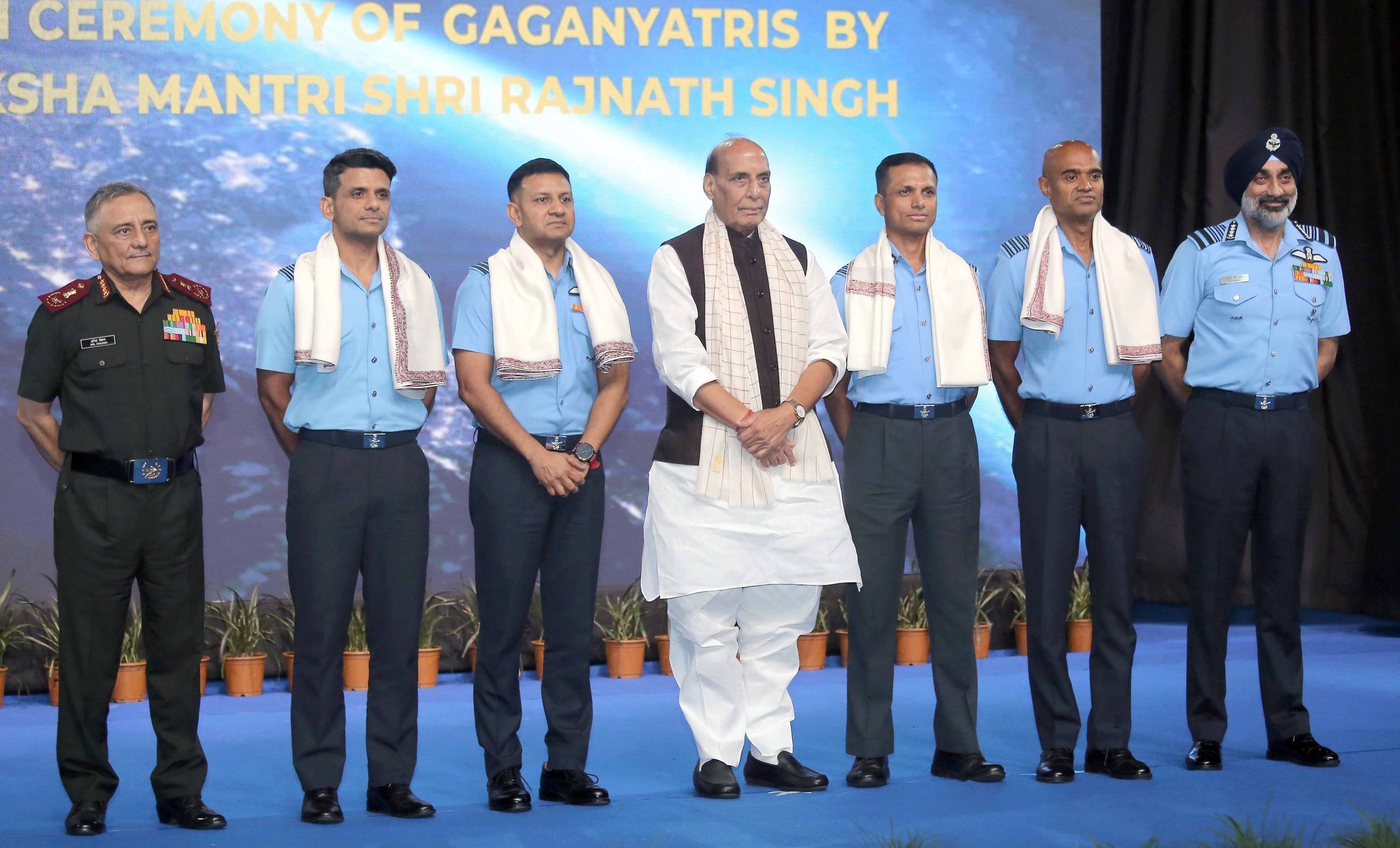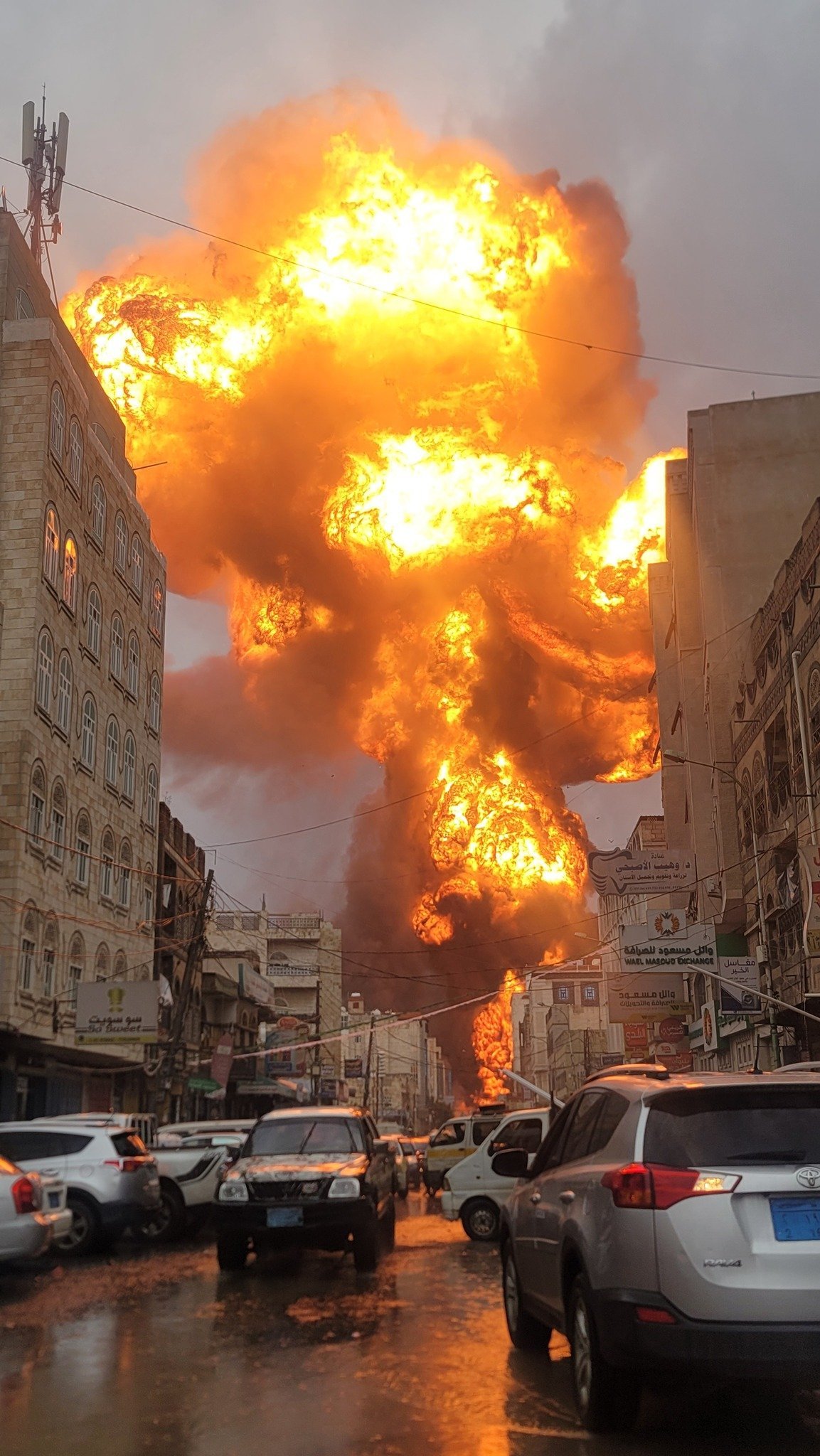CISF All Set to Induct First-Ever All-Women Commando Unit for Front-Line Operations
Move marks historic step in women’s empowerment, with CISF deploying female commandos for the first time in front-line roles.
Defence Minister Felicitates Gaganyatris, Calls Them Pioneers of India’s Aspirations
Calling the four “gems of the country,” the Defence Minister hailed them as pioneers of India’s aspirations in space.
Karauli’s Agniveer Ajit Singh Rajpoot Cremated with Full Military Honours, Body Recovered 14 days after Uttarkashi Cloudburst
Ajit Singh was posted with the 14 Rajputana Rifles at the Army Base Camp in Harsil, Uttarkashi.
Israeli Airstrikes Hit Yemen’s Capital, Targeting Iran-Backed Houthi Rebels
Strikes hit power plant, gas station, and areas near Yemen’s presidential palace after Houthis launched missiles toward Israel.
Ukraine Drone Strikes Spark Fire at Russian Nuclear Plant and Novatek’s Ust-Luga Fuel Terminal
Kyiv’s drone offensive cripples a Russian nuclear reactor and ignites a massive fire at Novatek’s key Baltic fuel hub.
Indian Navy Officer Salary vs Merchant Navy Salary
The Indian Navy and Merchant Navy both play pivotal roles in India’s maritime landscape, offering distinct career paths and diverse…






